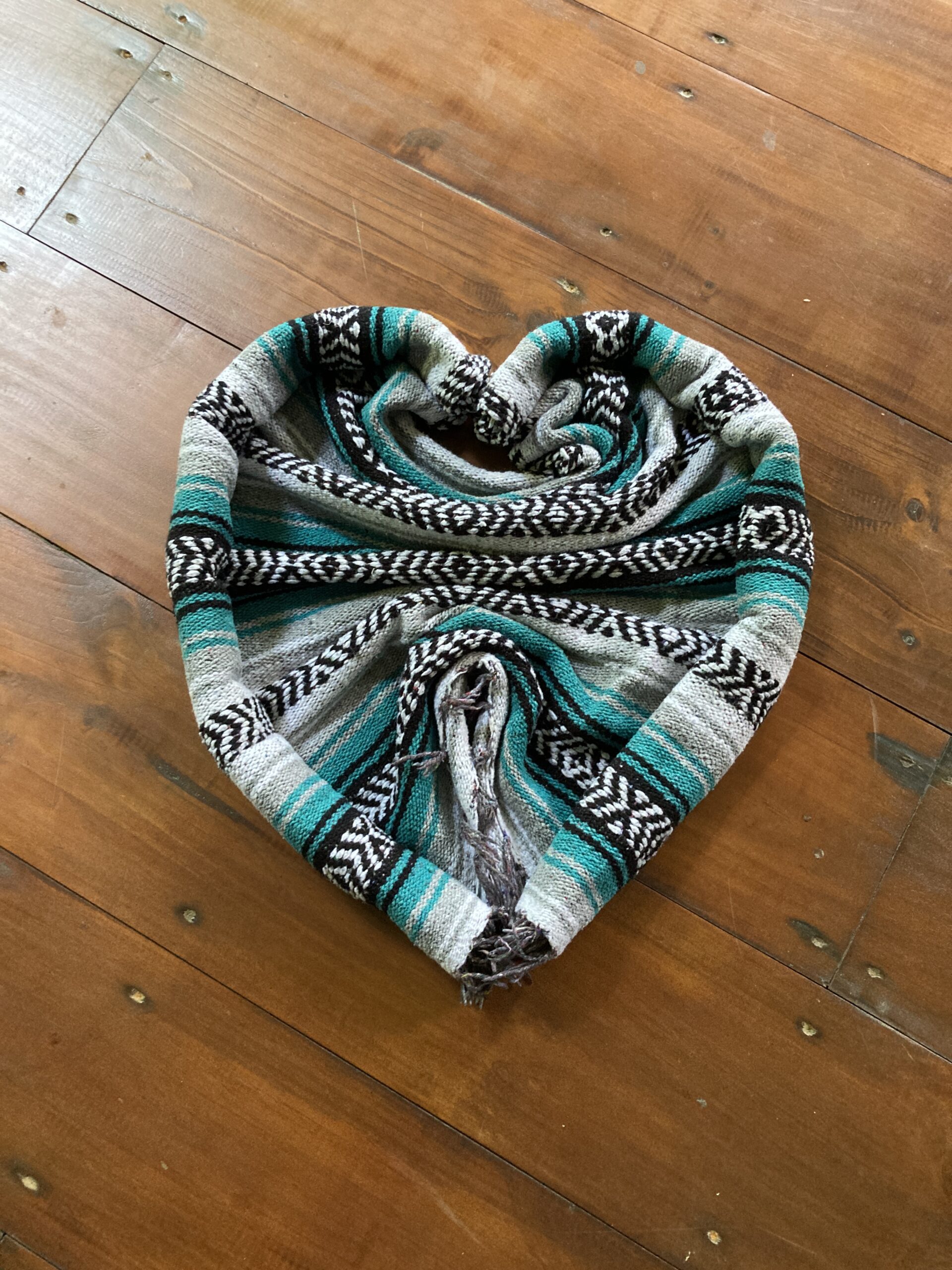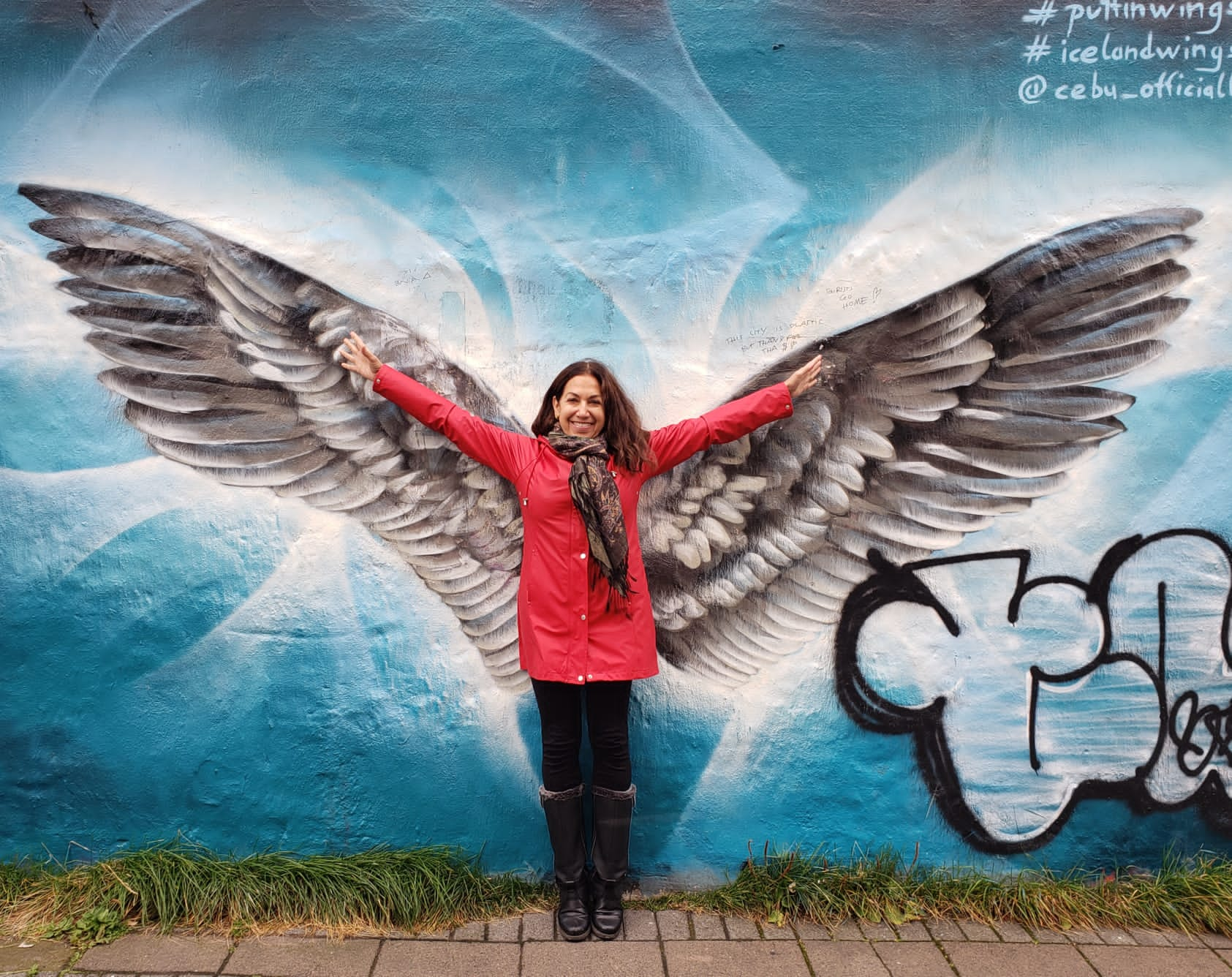Written today about yesterday and posted today from Kerala:
We are in Madura, South India. Our local guide for today stood up at the front of the bus and introduced himself:
My name is Mudu.
My name means “pearl”.
I have only one wife and two children.
I love my job.
I love people.
I am very happy to be with you today.
I am a very happy man.
And just like that, he won us over. He led us through the Meenakshi Temple and, later, to the Tirumala Nayak Palace. The day felt like a hands-on university course because we learned so much from him.
Madurai is 80% Hindu. The other 20% of the city population is Muslim, Christian, and Buddhist. Madurai, along with Varanasi, is one of the longest living cities in the world. Its history goes back to at least 3,600 years. A “living city” is a city that continues to function as a city for 2000 years or longer. A “living city” maintains its heritage and culture and never loses its identity from ancient times to the present.

Following are various facts about Madurai:
- Madurai’s main agricultural products include rice, sugarcane, coffee, tea, and cotton (some of the best cotton in the world is grown here). The list is extensive and also includes coconut, bananas, mangoes, cashews, chilis, and onions.
- Madurai is known as the Temple City with Meenaskshi Temple as the most famous.
- Madurai is known as the “Jasmine City” because it is a major exporter of jasmine. Jasmine is exported all over the world, always in its raw flower form only.
- Madurai is known as the “City That Never Sleeps”, sharing the title with Paris.
- Madurai is known as “The Festival City”. There are 284 festivals per year. In other words, it is a party town!
- Madurai is a Trading City. Some 300 villages surround Madurai. These villagers come to the city to pray at the temple and while they are in town, they make good use of their visit to the city by shopping for their supplies. The streets of the city are lined with ample stores and a variety of markets. We passed Onion Street, where all the vendors were selling different kinds of onions. We passed Banana Street where you could see trucks filled with bananas clustered on their stalks. There are over 2000 shops to satisfy the needs of villagers, pilgrims, tourists, and residents.

- Madurai has a huge gold market! People in India consume more gold than anywhere in the world. South India surpasses North India in gold purchasing and most of that purchasing happens right here in Madurai.
- Madurai is an up and coming modern city. There is a new international airport with flight connections to Colombo, Dubai, and Singapore.
- Madurai is a cultural hub. The city offers much by way of music, drama, art, and crafts.
- Madurai is also known as the Soul of Tamil Nadu.
At the heart of the city, is the Meenakshi Temple. It, too, has existed in one form or another in the same location for as long as the “living city” has existed, though the present structure dates back to the 6th and 7th century. It is referred to as the “Taj Mahal” of South India. The Taj Mahal is a mausoleum and a major monument, but Meenakshi Temple is neither of the above. It is an active spiritual center, receiving 35,000 visitors/worshipers daily.

Meenakshi Temple is dedicated to the goddess Meenakshi, a manifestation of Parvati (Shiva’s wife). Meenaskshi is also known as Fish Eye because, like a fish, she never closes her eyes. She watches over you. She blesses you.

Hindus pray at Meenakshi Temple to develop a deeper consciousness of the divine. It is one of the few temples devoted to a woman. Both men and women come here, but this temple is also known as a woman’s worshiping place. Couples come here to pray for a child. Pregnant women come here to pray for a safe pregnancy and delivery.
This pregnant woman was at the temple to pray with her family.

Women lighting candles and praying:


At the temples we see people on religious pilgrimages. Sometimes, they are groups of women wearing red saris. It is a sight to see! They are all dressed similarly and seem to float past you, a red cloud of silk, a stream of white flashing smiles.
At other times, we see groups of men wearing black lungi and some wear black shawls. They are Shiva devotees on pilgrimage. They are bare-chested, their necks flanked with holy beads.

The groups of pilgrims arrive together in large buses. Going on a pilgrimage is optional for a person of Hindu faith. For 48 days before the actual start of the pilgrimage to the temples, the pilgrims have to prepare their bodies and their minds for the sacred experience and journey. They have to undergo a strict discipline to purify their bodies and minds. For 48 days, they have to adhere to the following rules:
- They refrain from eating meat and adhere to a strict vegetarian diet.
- They cannot consume any alcohol.
- They can’t have sexual intercourse.
- They have to go barefoot at all times. This also means that when they go to work, they are allowed to go to their offices and workplaces in bare feet. Of course everyone at work would know when a given co-worker is preparing to go on pilgrimage. It is an honorable endeavor and every Hindu is familiar with the rules of the 48-day preparation for the holy pilgrimage.
- In addition to eating a strict vegetarian diet, breakfast is to be skipped entirely. A light lunch is permitted and a lighter dinner is acceptable.
- For a whole 48 days, men and women must not cut their hair and men are not permitted to shave. Therefore, most pilgrimage men we see at the temples are bearded.
- For 48 days, while preparing for the pilgrimage, no bed is allowed. The person must sleep on the floor!
Thus they are purified and ready for their incredible pilgrimage! The purification process is intense. When we saw the pilgrims at Meenakshi Temple, there was a festive feeling all around them. Their skin is clear and gorgeous and they look lean and healthy.
Once on pilgrimage, the pilgrims will visit several temples and the group will stay together, pray together, and eat their meals together. The pilgrimage will take place over the next 8-10 days. It is a joyful ecstatic time for people of faith. During the pilgrimage, they will most likely sleep on the bus.
One objective of Hinduism is to raise one’s consciousness, to liberate oneself from the material mode of living, to reach a deep understanding of spirit and God. I am certain that what I have just written is both correct and incorrect, for it is really difficult to describe any aspect of Hinduism in just one sentence. I am trying my best here.
For Hindus there are three ways to become liberated and to reach an understanding of the divine:
- The first way is through the temple. A worshiper goes to the temple to make simple offerings and to pray to the deities. Our guide explained that there are multiple deities in Hinduism because the nature of the human mind is always wandering and unsatisfied. All deities represent facets of the divine and they represent the many ways to realize God. Everyone’s personal evolution is individual and the paths to evolving are many.
- The second way to reach an understanding of the divine in Hinduism is through the body via yoga. Yoga creates positive energy. Yoga leads to a sound mind and body. Yoga prepares the body, mind, and spirit for meditation.
- The third way to reach an understanding of the divine in Hinduism is through meditation. Meditation leads to God consciousness.
Ultimately, every Hindu wishes to be free from the cycle of birth and rebirth. There are several terms to describe the freedom every Hindu is seeking (the terms may differ slightly in meaning but are related): liberation, moksha, Samadhi, enlightenment, salvation.
I am far from being an expert on the subject of Hinduism. My understanding is pretty basic, even after eight trips to India. So below is my humble approach to giving you an elementary description of the deities of Hinduism.
There are many deities in Hinduism. Mainly you have a trinity. As in Catholicism, the Hindu Holy Trinity represents three aspects of one great divine consciousness:
- Creator: Brahma (His wife is Saraswati and his vehicle or mode of transportation is the Swan.)
- Protector: Vishnu (He maintains and preserves life and sees to it that everyone is safe and secure. He nourishes the human spirit. His wife is Lakshmi and his vehicle or mode of transportation is the Eagle.)
- Destroyer or Transformer: Shiva (He is the patron of the yogis. His wife is Parvati and his vehicle or mode of transformation is the Bull whose name in Nandi.)
The deities marry and they have children. Each is associated with countless stories to teach life lessons to humans. They are adored, loved, feared, and honored. Each of the deities above, the trinity and their wives, have many manifestations, also known as avatars. For example Vishnu becomes a fish (known as the deity Matsya). Vishnu also manifests as Rama and Krishna.
And so we are back at Meenakshi Temple. Fish Eye, she who never turns away from you and watches over you, has a gorgeous temple dedicated to her. Meenakshi is an avatar or manifestation of Shiva’s wife, Parvati.
This may be one of the most beautiful temples I have been to in India. Inside the temple, there are statues of the deities and they are treated as living gods. Flowers are placed around the neck of Shiva’s Bull, Nandi, and people whisper their prayers and desires into his ear.
Nandi, Shiva’s Bull:

Whispering into Nandi’s ear:

The temple is made of granite. The upper part of the temple is stuccoed and painted with bright colors. It is repainted every 12 years. Inside there are statues of deities with multiple arms and hundreds of ceiling paintings of colorful lotus flowers (lotus symbolizes enlightenment, or rebirth).
Lotus Ceiling Paintings:

The floors are made of granite and there are thousands of sculpted pillars. The stone pillars are from distant quarries, transported to the temple so many years ago and carved on site. Each stone pillar is enormous and uniquely carved.
The sculpted pillars are below. There are thousands of them, each is unique and each one is made from a single slab of granite:

Having fun interactions with these young Tamil women at the temple:

Sweet family we met at the temple:


Yoga:

And an incredible cup of tea made from cardamom, saffron, and cinnamon. The tea is great for colds. Even if you don’t have a cold, try making yourself a cup of this tea. It is so good!








I am so grateful to my Seattle daughter, Elizabeth, for sending your post to me. I have long had a deep but very fragile relationship to India, to its Hinduism, and to its literature. I feel hungry for all your posts, past as well as future, and would appreciate hearing about what books you read, novels, poetry, by Indians. I am so lucky to have received this post.
I am so thoroughly enjoying these posts, Fran. Thank you for the taking the time to share your observations and insights. Please know that it is much appreciated and each post is savored. I look forward to traveling with you one day.
Thanks for taking us deeper into Hinduism and making it all so clear through your careful organization. I know where I can go when I need a review. Each visit you go deeper.